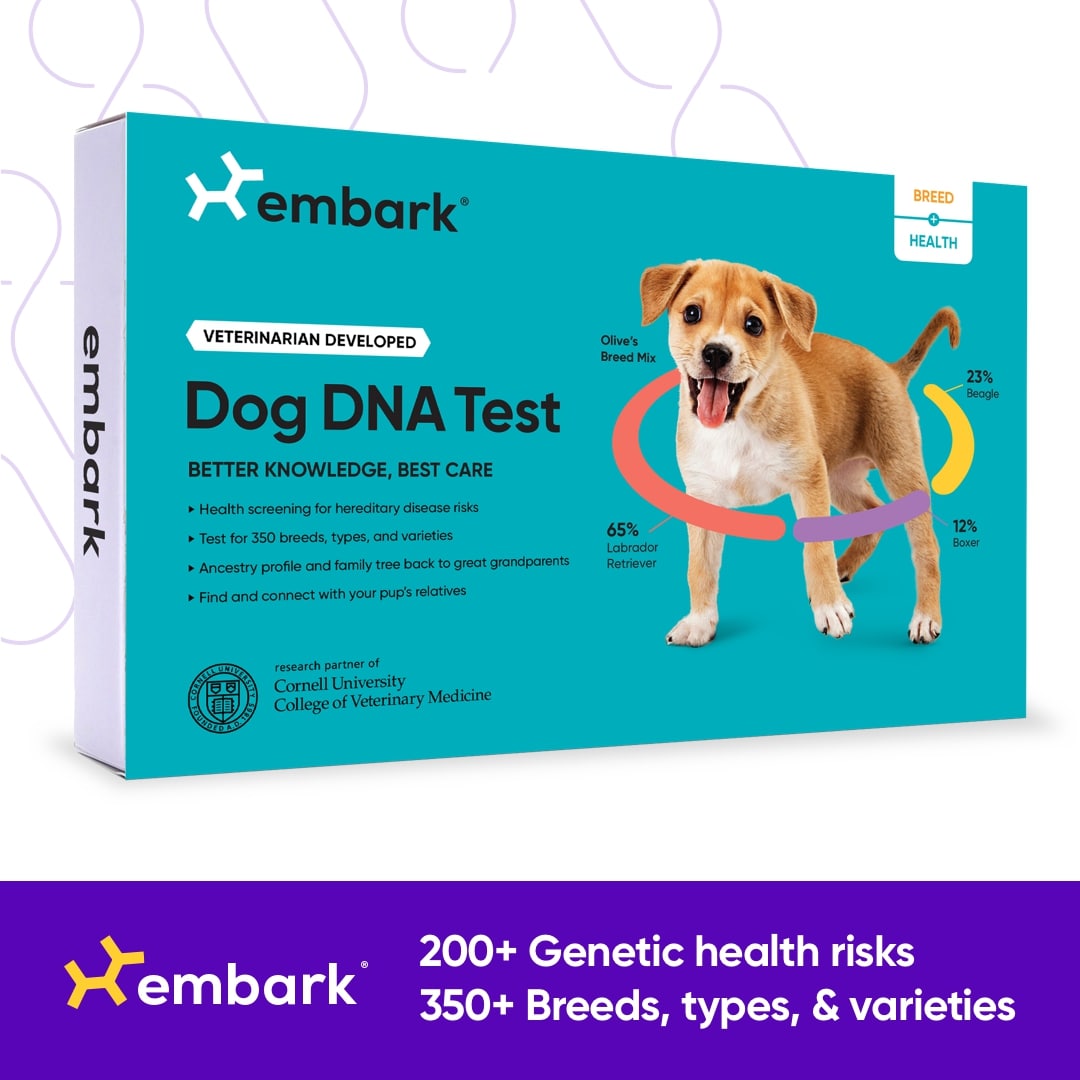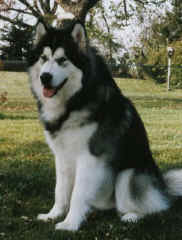Comparing the Alaskan Malamute and Siberian Husky
When we started looking for our first Alaskan Malamute we were lost as to the differences. Now it seems so obvious .... But back then as we wandered Cobo Hall during the American Kennel Club dog show trying to figure which we preferred and trying to figure out the differences we had no clue. I remember asking what's the difference between a purebred Alaskan Malamute and a purebred Siberian Husky and coming to the conclusion it was $400 (back then). Malamutes were more expensive! But since those days, I've discovered a whole lot of differences and am very glad we chose Malamutes over Siberians. While a Siberian might be good for some people, I think their hyper activity would drive me crazy. The standards of each breed define many things as different but the average person looking for a puppy probably hasn't read the standard nor would it really help them decide. The standard doesn't really give you a perspective in living with a particular breed. I'll try and put these differences into to "layman's terms" but the meme below really says it all.
Malamute |
Siberian Husky |
| Can carry a heavy load forever at slow speeds. Think of a Clydesdale horse... | Can carry a light load at a moderate speed. Like a race horse.... |
| Powerful, substantially built, heavy boned and structured for strength and endurance. This is a tough-looking dog - built like a brick and sturdy. | Siberians tend to be longer in body and have thinner legs than Malamutes. While they are good looking dogs, compared to a Malamute they seem less substantial. |
| Dogs: 25" at the shoulder, 85 lbs. Bitches: 23" at the shoulder, 75 lbs. Alaskan Malamutes don't have disqualifying sizes - and bigger is not necessarily better. Typically a well bred female Malamute should be about the size of a badly bred (oversized) male Siberian....which is why it tends to get confusing. Some lines and "giants" are often bigger than they should be. | Dogs: 21" to 23.5" at the withers, 45 lbs. to 60 lb. Bitches: 20" to 22" at the withers, 35 lbs. to 50 lbs. Dogs should NEVER be over 23.5", bitches over 22". Well bred Siberians seem small compared to Malamutes, especially the well-bred ones. Poor breeding tends to create larger ones. |
| Alaskan Malamute expression is soft, indicates an affectionate disposition. They look sweet and make you want to hug them. Sometimes you'll see a Malamute with lighter eyes - this gives a "harder" expression (and to some people makes them look wolfy). | Siberians look mischievous and foxy, and some of those blue or mixed eyes are downright eerie. |
| Brown, almond shaped, medium size dark eyes. The darker the better. Malamutes NEVER have blue eyes. You see a lot of Malamutes with round eyes and lighter almost yellow eyes, but this isn't correct. | Siberians can have blue, brown or mixed eye colors. |
| Ears are medium sized, and set farther apart on the head and point off to the side a bit. There should be room for a small party hat between the ears (because they love parties!). Ears seem kind of small in proportion to the head and they have rounded tips. This gives the mal a more relaxed look. | Siberian ears are set closer together and point straight up. This gives the siberian a more hyper and alert expression. (no room for that party hat) |
| Alaskan Malamutes have bigger rounder, bulkier heads. Like a bear or wolf. | Siberian Husky's have more cat-like snippier heads. Like a fox. |
| If you look at a Malamute head from the side, there is not a big step down to the muzzle...it's more of very gentle straight line. | Siberian Husky's have more a step down to their muzzle. This is called "stop" and it's more pronounced on a siberian. |
| Alaskan Malamutes have a thicker, longer (but not too long, that's a wooly) coat. Their guard coat is coarse and the undercoat is thicker and can almost feel oily to the touch, such that the guard coat tends to stand up more. No splotchy colors are allowed. Uneven splashes are undesirable. | Siberian Husky's have double coats too, but they tend to be shorter than a Malamute. Their coat tends to lie flatter and they have more variety of color and markings. |
| Malamute noses are black, brown (liver) in red dogs, "snow nose" ( pink stripe down the middle) is acceptable. | Noses are more complicated in Siberians: Black in gray dogs, black on tan dogs -- liver in copper dogs -- flesh colored in pure white dogs. They can have snow noses too. |
| Large, compact, show shoe. Tough pads. Can be "pointy" or round but not "catlike" - they have pretty feet! | More cat-like, oval in shape. Both require tough pads. |
| A waving plume, moderately set, follows the line of the spine at the base - in other words UP. Not all mals hold them this way all the time, but they shouldn't be curly like an Akita or lie on their backs. | Siberian tails hang down - like a wolf. |
| Malamutes are more laid back, and work when it suits them. | Siberians are always busy and raring to go. |
| Malamutes will probably dig under the fence (but only if bored in the yard) | Siberians will go over the fence just to run. |
| Malamutes don't usually like other dogs, especially the same sex. | Siberians don't tend to have these kind of social conflicts. They get along with each other and other dogs better than Malamutes. |
| Malamutes are calculating problem solvers. | Siberians are sneaky problem solvers. |
| Malamutes are extremely people friendly, love children, and want to be with you. | Siberians are more aloof, not as good with children, and can live without you. |
| Malamutes are medium and low energy (typically). Always exceptions! | Siberians are high energy (typically). Exceptions here too. |

"Alaskan Huskies"
As for "alaskan huskies"....they are just mutts! They are typically a mix of Malamute, Siberian, and who knows what else...often they'll throw in a little greyhound, wolf, or something else that's fast because they are bred primarily for speed and racing only. It doesn't matter WHAT they look like or that they can survive in the artic, it just matters that they can run and run fast...They are not a recognized "breed" and cannot be AKC or CKC registered.







